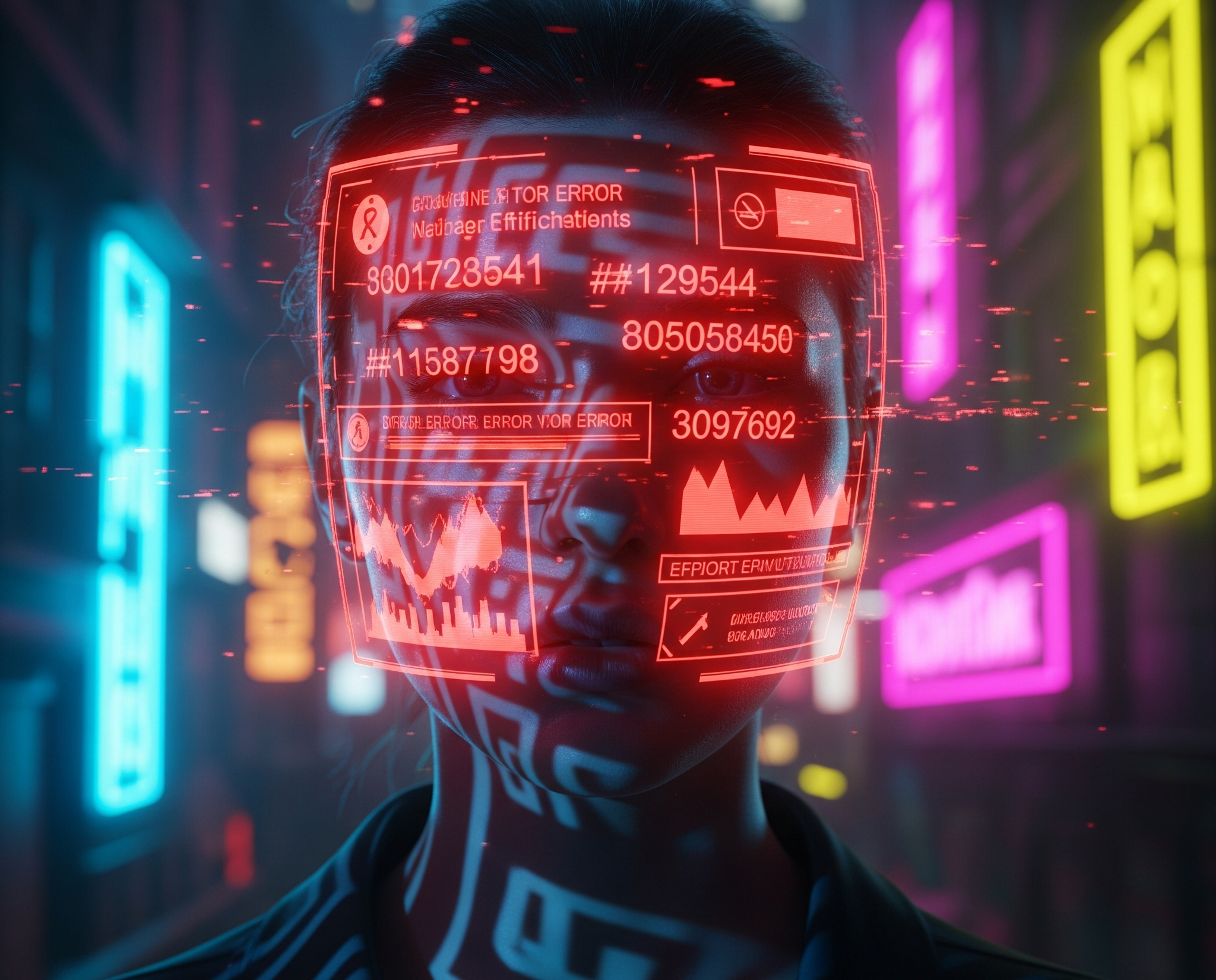As a small business owner, you're the engine of your enterprise. You're the visionary, the strategist, the marketer, and often, the accountant. You understand that profitability is the lifeblood of your company. You watch your sales numbers, scrutinize your expenses, and tirelessly work to increase your margins.
But what if a hidden threat is silently gnawing at your profits, a threat you might not even realize exists? This threat is bad business financing. It's the high-interest loan you took out in a moment of desperation, the predatory line of credit that seemed too good to be true, the convoluted equipment lease that's costing you more than the asset itself.
These seemingly innocuous financial decisions can act like a slow-moving poison, siphoning off your hard-earned revenue and leaving you with less to invest in growth, less to pay your team, and ultimately, less to put in your own pocket.
The allure of quick cash can be strong. A new opportunity arises, a critical piece of equipment breaks down, or a sudden cash flow crunch threatens to derail your operations. In these moments, the first offer that comes your way, regardless of its terms, can look like a lifeline. But this is where the danger lies.
A bad financing deal doesn't just cost you money in the short term; it creates a long-term drain on your resources. It's a weight that gets heavier with each passing month, forcing you to constantly run faster just to stay in the same place.
This article will be your guide to understanding the various ways bad business financing can eat your profits, and more importantly, how you can avoid these pitfalls and secure a financial foundation that truly supports your business's growth.
We will delve into the different types of bad financing, the warning signs to look out for, and the strategic decisions you can make to ensure your financing works for you, not against you.
























